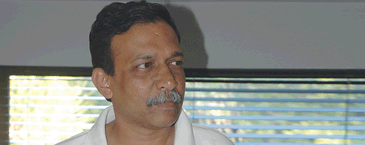A little bit of history, a lot of therapy
I spent Dashami reading Foreign Correspondent: Fifty years of reporting South Asia, a book that my colleague, Jim James, kindly lent me. The book is a collection of articles by a motley crew of correspondents, mostly, as the name of the book might suggest, foreign.
by Campaign India Team

To continue enjoying this content, please sign in below. You can register for free for limited further access or subscribe now for full access to all out content.
Sign In
Trouble signing in?
Register for free
✓ Access limited free articles each month
✓ Email bulletins – top industry news and insights delivered straight to your inbox
Subscribe
✓ All the latest local and global industry news
✓ The most inspirational and innovative campaigns
✓ Interviews and opinion from leading industry figures
